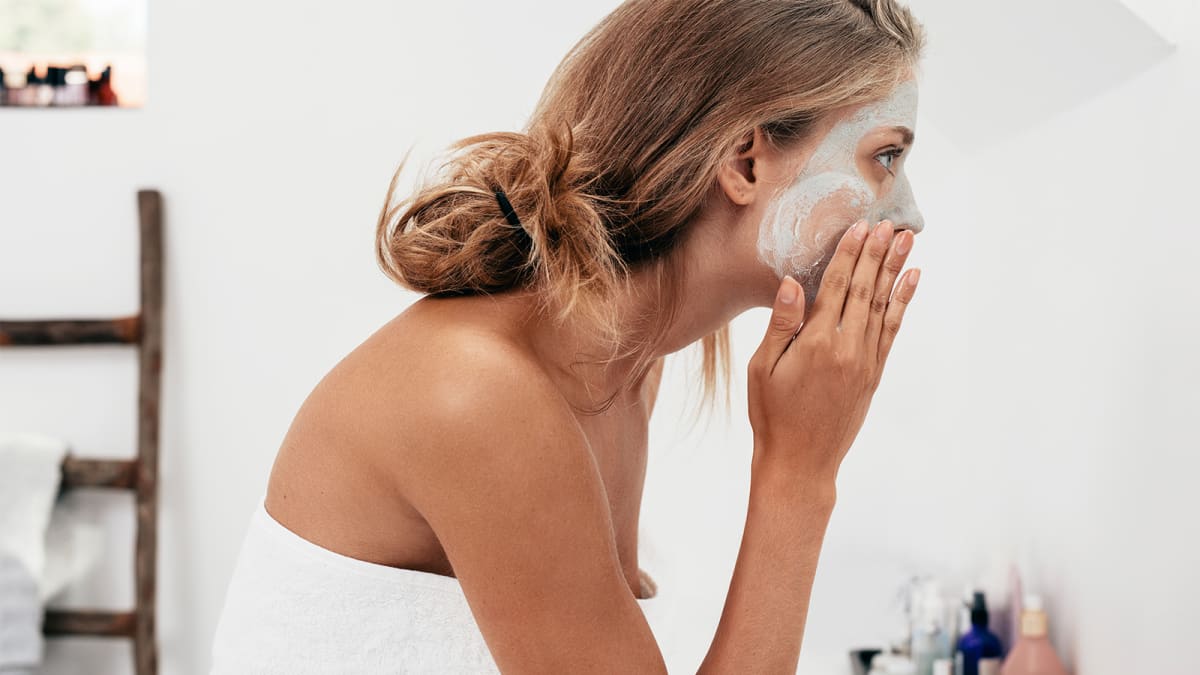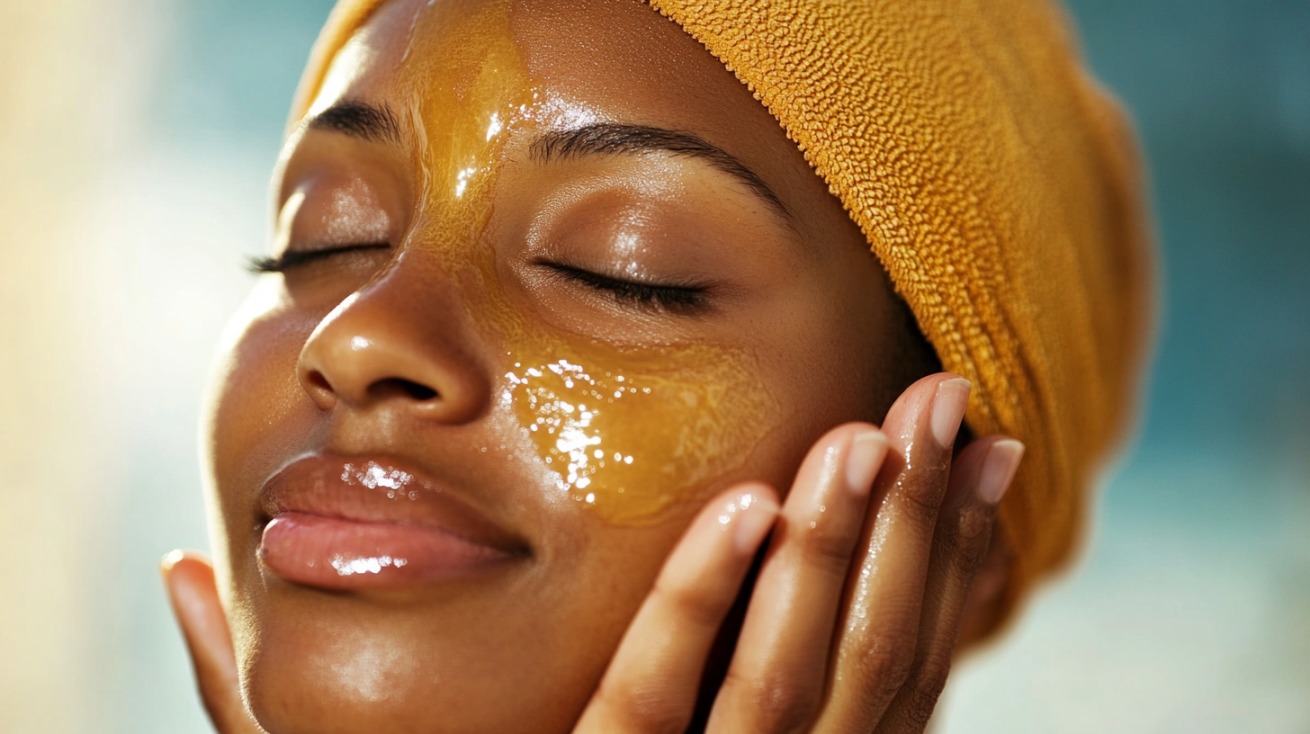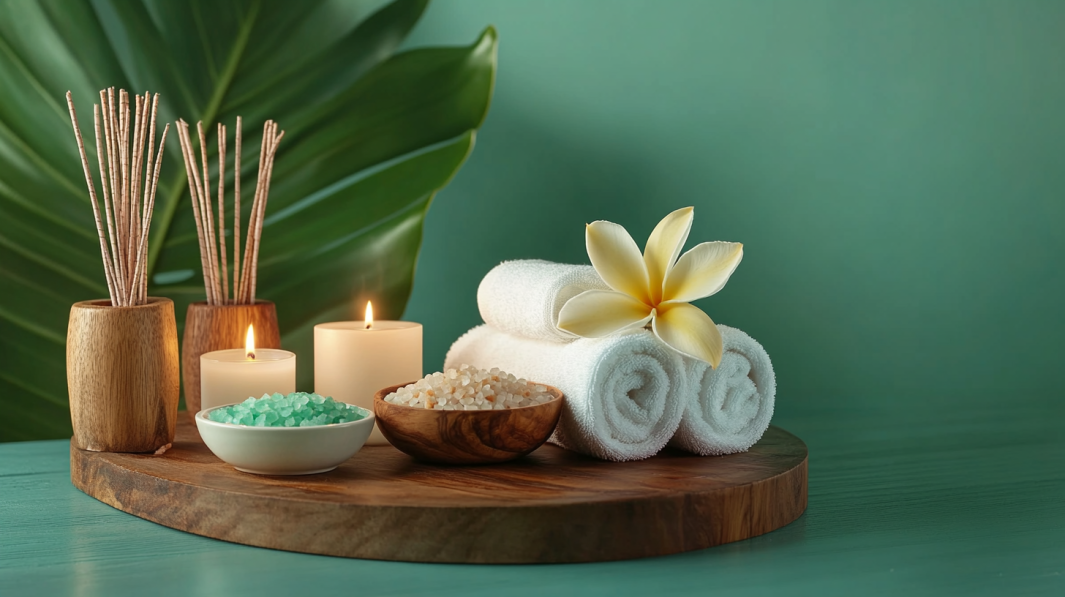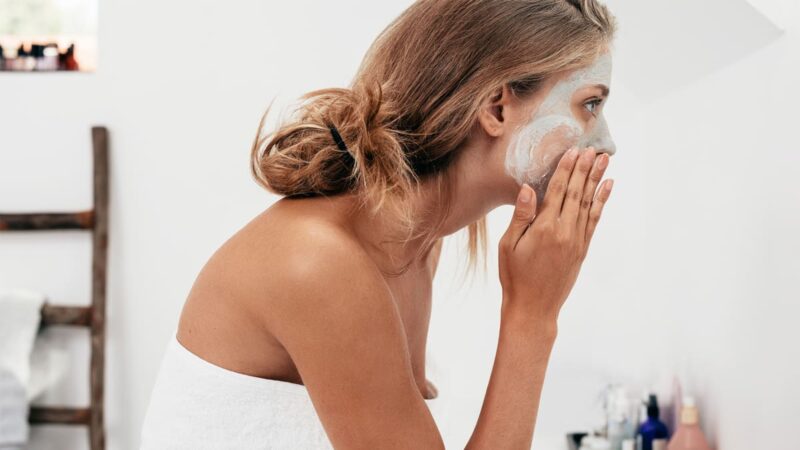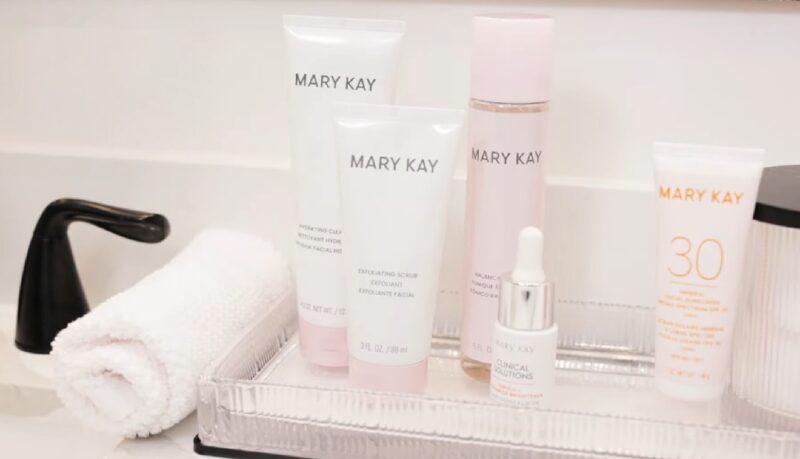
Share Post:
Lips often get neglected when sunscreen is applied, which leads to the condition known as sunburned lips. Most people focus on their face, arms, or shoulders, forgetting that lips are just as prone to burning.
Skin on the lips is thinner and lacks melanin, making it more sensitive to UV rays.
Sunburned lips aren’t just uncomfortable—they can lead to blisters, cracking, or even long-term skin damage.
Consistent care and proper protection can prevent serious irritation and maintain overall skin health.
Immediate Treatment for Sunburned Lips
Sunburned lips are not just a minor annoyance. That burning, tight, and cracked sensation can disrupt eating, drinking, and even smiling. Lips have no oil glands, which means healing takes longer and requires a bit more attention.
Quick action helps stop discomfort in its tracks while setting up the skin to repair itself properly. Dividing treatment into first-aid measures and barrier-repair strategies can make recovery easier and more effective.
First-Aid Measures
Cooling the area right away can drastically reduce pain and limit swelling. The goal is to calm inflamed skin and prevent further irritation.
- Use a clean, soft cloth soaked in cold water. Press gently on the lips for about 10–15 minutes.
- Apply a small amount of aloe vera straight from the fridge. A light layer helps soothe, reduce redness, and hydrate at the same time.
- Use sparingly on the area surrounding the lips (never inside the mouth). Helps with severe swelling or itching.
Taking these steps as early as possible prevents the condition from worsening and allows your lips to start healing in a clean, calm state.
Moisturizing and Barrier Repair
Once initial swelling and discomfort subside, the next step involves restoring moisture and rebuilding the skin barrier. Sunburn leaves the lips dry, cracked, and vulnerable.
Hydration is non-negotiable at this stage.
- Hyaluronic acid – draws moisture into the lips and helps them retain it
- Ceramides – strengthen the skin barrier and protect against further irritation
- Lanolin – provides a thick, moisture-locking layer to prevent drying out
- Glycerin – attracts water to the outer layer of the skin for instant relief
Avoid common irritants that can undo all your progress, such as:
- Menthol
- Camphor
- Salicylic acid
- Petrolatum
- Oxybenzone
Natural-based balms are the better option during this period. They support healing without triggering stinging or inflammation. A bland, fragrance-free formula is ideal.
Healing and Recovery Products
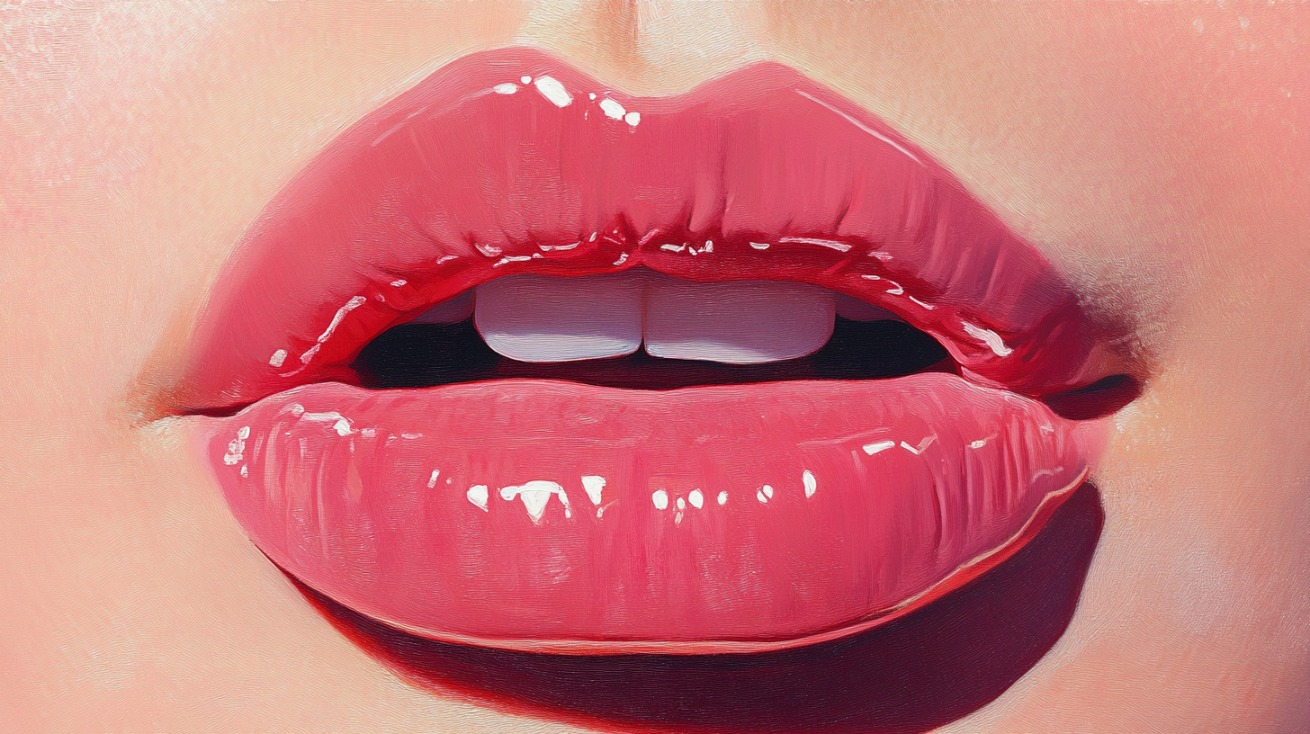
Healing doesn’t stop with hydration. Using targeted recovery products ensures your lips repair faster and stay protected.
Soothing serums and lip balms with nourishing ingredients create a healthy environment for skin cell regeneration.
- Shea butter – softens cracked skin and supports natural healing
- Calendula – calms irritation and is gentle enough for sensitive skin
- Vitamin E – promotes cell regeneration and reduces scarring
Products like Biarritz Reparative Lip Balm with Alga-Sendatu® include marine-based botanicals designed for deep repair. Their formula helps rebuild tissue while shielding it from further damage.
- Absorb easily without feeling sticky or waxy
- Offer long-lasting hydration
- Contain no artificial flavors or dyes
A thin, breathable barrier is more effective than a thick coat that traps heat or bacteria. Healing skin needs access to moisture and oxygen to fully recover.
Preventing Future Lip Sunburn
Keeping lips protected all summer requires more than reactive care. Daily sun defense is the only way to avoid repeated burns, irritation, and long-term damage.
Lips are exposed just as much as the rest of the face, yet often go without SPF.
Building simple habits and choosing the right lip products can keep them smooth, healthy, and burn-free.
Use SPF Lip Products Daily
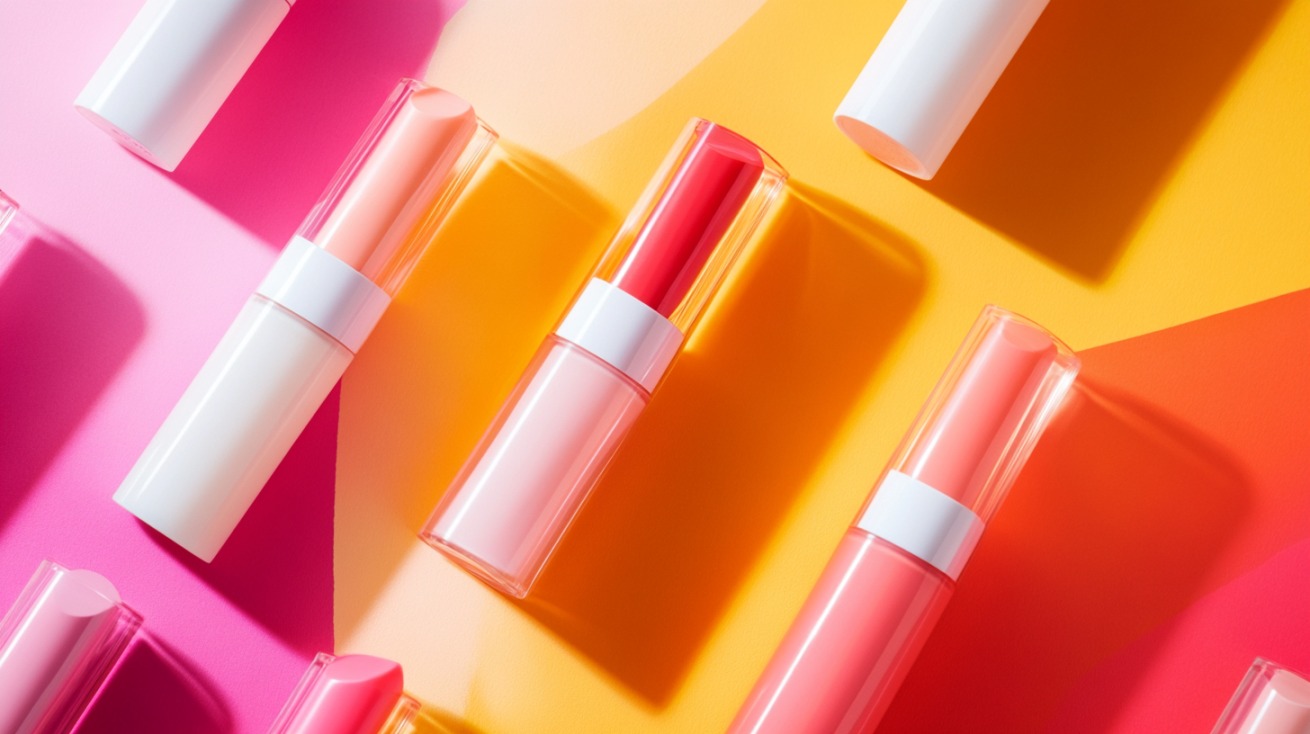
One of the easiest and most effective ways to avoid lip sunburn is applying SPF lip products every morning. Skipping this step, even on cloudy days, increases risk.
SPF 30 or higher is recommended to guard against both UVA and UVB rays. Consistent protection matters more than anything fancy or expensive.
Mineral-based sunscreens containing zinc oxide or titanium dioxide are often better tolerated by sensitive skin. Unlike chemical sunscreens, minerals sit on the surface and reflect UV rays.
To make reapplication a no-brainer, keep a tube in your bag, car, and bathroom.
- Use SPF 30 or higher for effective lip protection
- Opt for mineral-based sunscreens with zinc oxide or titanium dioxide
- Reapply every two hours or after eating, drinking, or wiping the lips
- Avoid products that sting or dry out your lips during sun exposure
Choose the Right Formulation
Choosing products that match personal preferences increases the chances of sticking to daily sun protection. Texture, finish, and ingredients all influence how often a lip balm gets used.
Some people prefer tinted balms for a hint of color, while others reach for glossy SPF formulas or matte options that double as a base under lipstick.
Natural oils provide additional moisture and help maintain the skin barrier. Look for formulas that include nourishing oils rather than relying on heavy waxes or synthetic scents.
- Tinted lip balms with SPF for added color and protection
- Glossy SPF lip oils or sticks for shine and hydration
- Moisturizing ingredients like jojoba oil, camellia oil, and castor oil
- Brands like COOLA and Biarritz that blend sun defense with natural hydration

Consistency depends on comfort. A product that feels lightweight, smells pleasant, and enhances the lips’ appearance becomes part of the routine without extra effort.
Some symptoms require professional attention. Lips that stay cracked or discolored for more than a week could signal deeper damage. White patches or thickened areas may indicate actinic cheilitis, a condition linked to prolonged sun exposure.
Blisters that worsen, or peeling that spreads, could lead to infection. Dermatologists can evaluate the damage, prescribe stronger treatments if needed, and check for early signs of skin cancer.
Never ignore persistent symptoms. Quick action can prevent complications.
The Bottom Line
Lip protection isn’t optional during sun-filled months. A small investment in daily SPF and recovery care avoids bigger skin issues later. Sunburned lips are definitely something that can be avoided.
Consistency is key. Adding lip care into a regular skincare routine ensures lips stay healthy, hydrated, and protected all summer.

